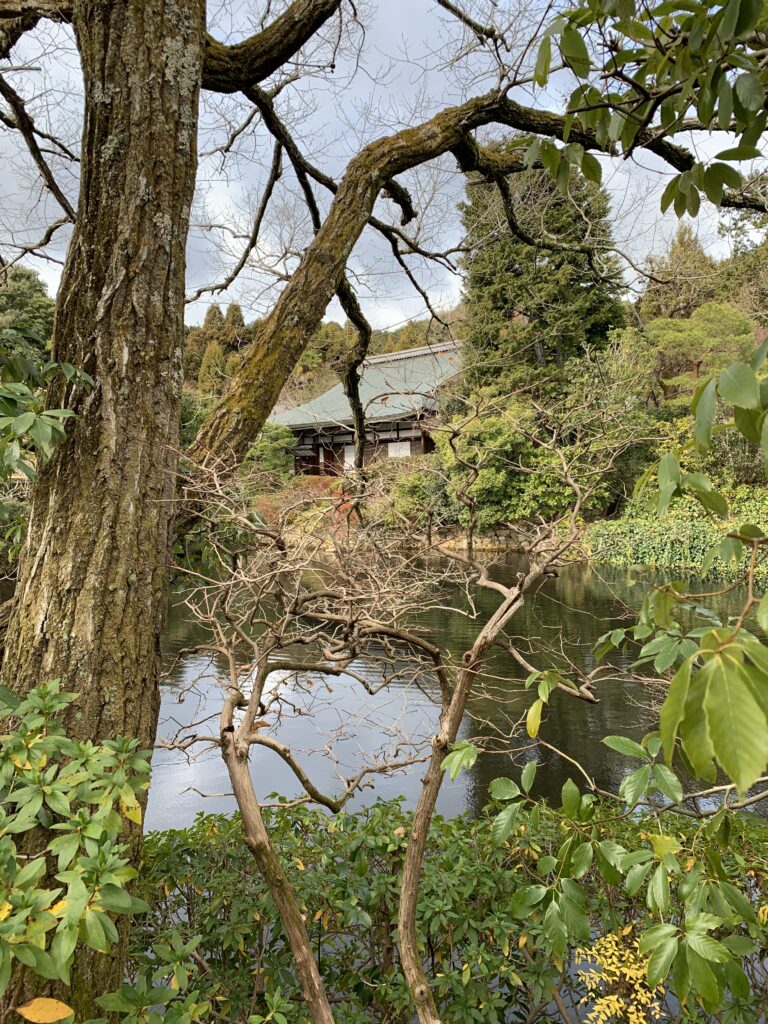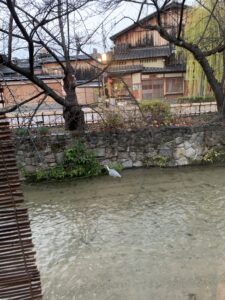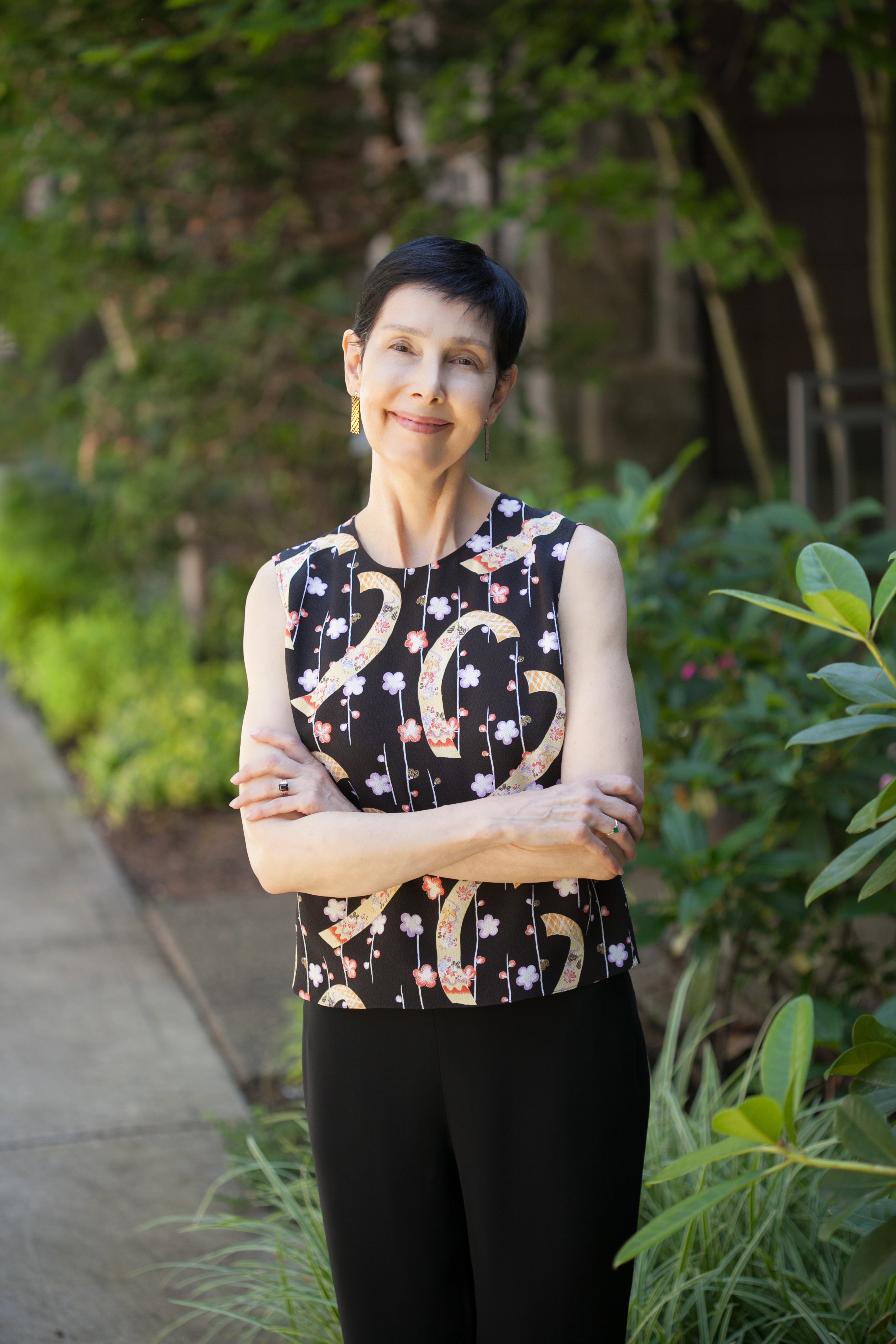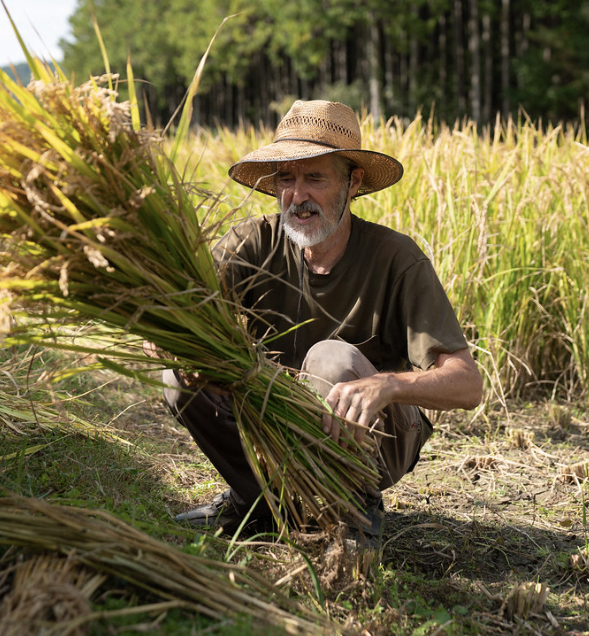by Lea Millay
Lea writes: ‘I offer a few winter tanka inspired by my time in Kyoto last December. May they give a brief respite from the summer heat.’
climbing the steep hill
a pillow of stone offers
deep and dreamless sleep
as wind rustles winter pines
a clear moon graces the sky
When I was walking alone on Shirakawa near Gion Shinbashi—
clear cold winter’s morn
heron in the quiet stream
longing to return
up into the icy air
wings against the silver moon
Stopping at Seishin-in off Shinkyōgoku-dori—
each time I return
to feel the pulse of ages
beat beneath the new
lone monk chanting the sutras
shadows on a mossy stone
Returning to Daishū-in after many years—
there across the lake
a verandah smooth and still
early morning light
I can’t recall his face now
only the sound of light snow
small glimmer of hope
woven into the fabric
the pattern will show
moonlight in the sky above
stardust in the lake below

************************
Lea writes, ‘In my early twenties I journeyed to Kyoto to teach English at Heian Jogakuin. I lived near Kinkaku-ji and it was during this time that I started Zen meditation at Daishu-in, a sub-temple of Ryōan-ji. Eventually I was able to meet and study with Morinaga Sōkō, the abbot of Daishu-in, and although I was his least promising student, the spirit of his teaching is with me still.
After returning to Seattle, I completed an MA and a PhD in Comparative Literature (Japanese and French) and in the intervening years taught Japanese Literature and Culture at the University level, retiring in the spring of 2022. I live now in Portland, Oregon and thrive with hiking, gardening, practicing taiji, traveling, and writing poetry.’
Alert readers may have noticed that Lea follows the 5-7-5-7-7 syllable pattern that characterises Japanese poems. Here are her thoughts on writing tanka in English:
‘For me writing tanka in English using the 5/7/5/7/7 syllable pattern evolved out of many years of translating Heian-period waka, particularly the poems of Izumi Shikibu. It certainly was not natural at first, but is becoming part of my practice more and more. The biggest obstacle is the kakekotoba (a poetic code word based on homonymy that contains two different meanings, each intended to function as a part of the poem’s imagery and content, which does not exist in English). I have to let this go. Still, I hope there is a resonance for those who have a spiritual connection with Kyoto—present and past.’









Recent Comments